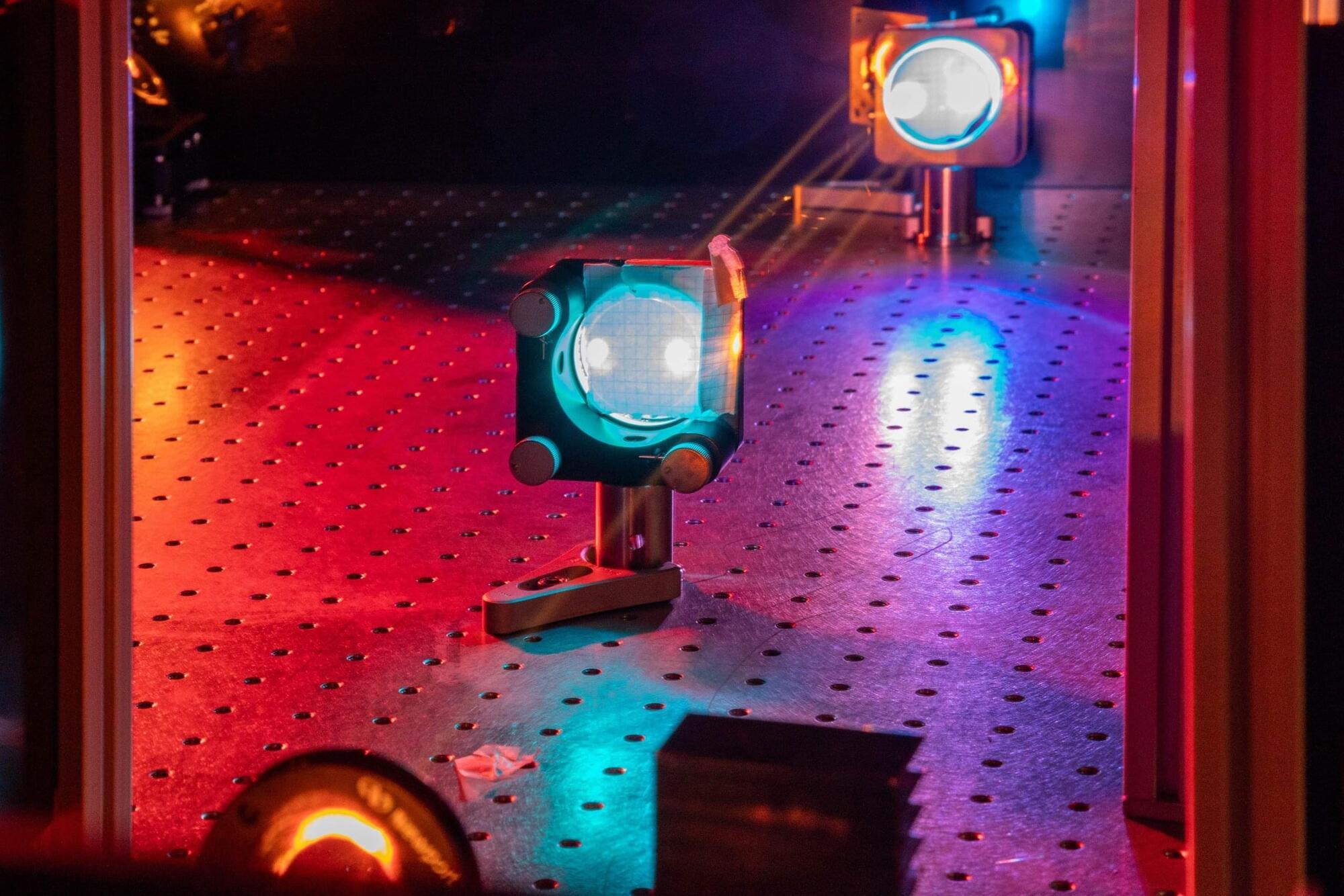The U.S. Cybersecurity and Infrastructure Security Agency (CISA) on Monday added a critical security flaw impacting the Sudo command-line utility for Linux and Unix-like operating systems to its Known Exploited Vulnerabilities (KEV) catalog, citing evidence of active exploitation in the wild.
The vulnerability in question is CVE-2025–32463 (CVSS score: 9.3), which affects Sudo versions prior to 1.9.17p1. It was disclosed by Stratascale researcher Rich Mirch back in July 2025.
“Sudo contains an inclusion of functionality from an untrusted control sphere vulnerability,” CISA said. “This vulnerability could allow a local attacker to leverage sudo’s-R (—chroot) option to run arbitrary commands as root, even if they are not listed in the sudoers file.”









